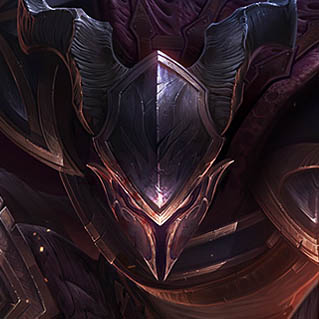An ARAM Win Predictor That Explains Itself
A predictive model that lets you peer inside to see its inner workings
(Companion article coming soon!)
Hongjian Y. - Last Updated September 20, 2020
Link to this combination of teams:
https://doranslab-test.azurewebsites.net/tools/aram-win-predictor2.html?champions=045020116136120104132051039003
Champion Select
Switch out individual champions or click the shuffle icon to randomize!
Synergies
Counters
Synergies
Counters
Understanding the Tool
This tool shows the predicted win rate for an ARAM game given the team composition of the red and blue teams, as well as a visual guide to understanding how the tool constructs its prediction. Based on a statistical model called a logistic regression model (logistic refers to the shape of the curve shown above) and about 600,000 ARAM games from patches 8.11 to 8.14, each champion and some pairs of champions were assigned a number, which can be thought of roughly as how much the presence of that champion (or pair) helps the team it’s on, where a negative number means that it hurts that team.
By summing all of the red team numbers and subtracting all of the blue team numbers, we get an overall “score” showing how well the teams match up. In this tool, that overall score is shown on the x-axis. Once we have the score, it is converted to an actual win rate between 0% and 100% using the curve shown in the plot, which describes a way of converting any number on the x-axis to a number between 0 and 1. For example, a score (x) of 0 (meaning the two teams are even in strength) corresponds to a predicted win rate (y) of 50%, and as scores get larger and larger (meaning red has an advantage), the win rate for red approaches 100%. As scores get smaller and smaller (meaning blue has an advantage), the win rate for red approaches 0%.
For example, since Sona has a higher score than Akali, replacing an Akali on your team with Sona will give your team a higher x-axis value (assuming that there are no other large synergies or counters at play). This meant that the red point on the plot would shift up, indicating a higher probability of winning for the red team.
